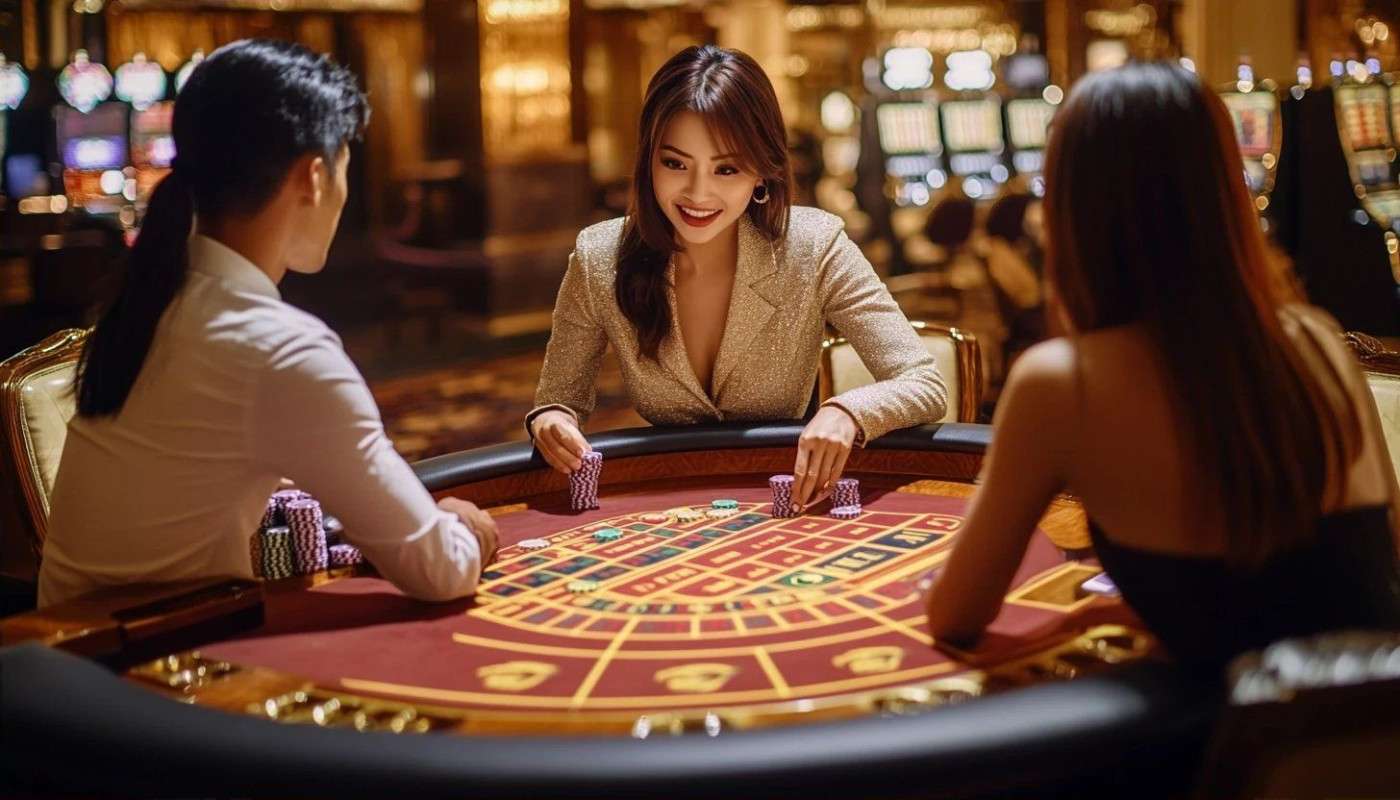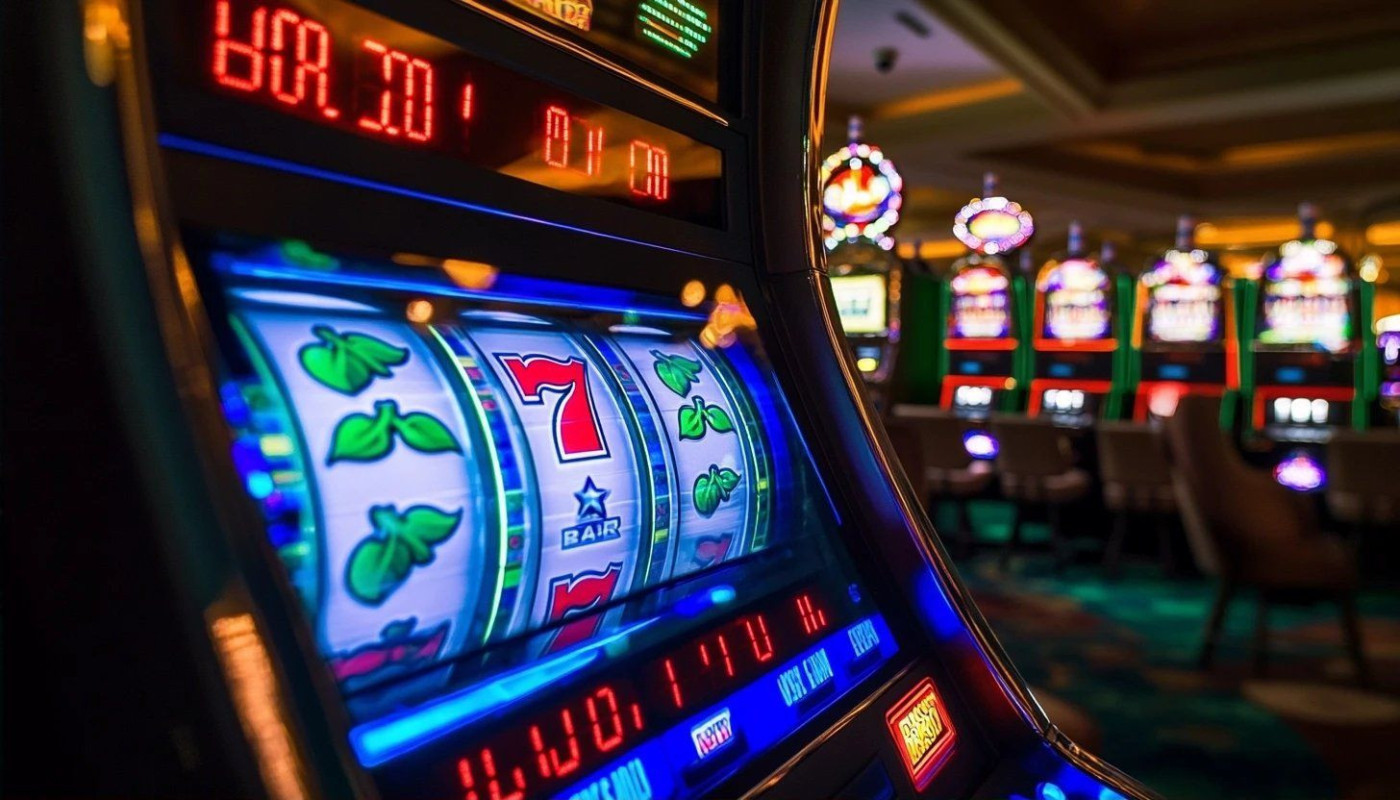Table of contents
Casinos are more than just places to gamble. They are meticulously designed environments, crafted with the singular aim of encouraging guests to part with as much of their money as possible. From the dizzying array of colors and sounds to the deliberate absence of clocks and windows, every design element is a psychological ploy to keep players engaged and spending. Understanding the psychology behind casino design can offer fascinating insights into human behavior and the persuasive power of our environment. Dive into this captivating subject further in the following paragraphs.
Role of Color in Casino Design
The strategic use of color in casino design is a vital aspect of creating an environment that contributes to customer behavior. This concept, often referred to as 'chromotherapy', is a testament to the profound impact that colors can have on an individual's emotional response. Certain hues are perceived to elicit specific emotions and behaviors. Green, for instance, is often associated with relaxation and comfort, which encourages customers to prolong their stay. Red, on the other hand, is known to induce excitement and urgency, potentially prompting riskier bets.
In the realm of 'casino design', understanding the implications of 'color psychology' is instrumental in shaping an environment that subtly influences patrons' decisions. The strategic use of color can effectively guide customer behavior, whether it be enticing them to spend more time and money on the casino floor or creating a soothing atmosphere that keeps them returning. Thus, the deliberate and thoughtful application of color in a casino's design can significantly impact its overall success.
Impact of Lighting and Sound
Across the vast landscape of the casino industry, two factors that play a significant role in shaping player behavior are lighting effects and sound design. These elements, when adequately harnessed, can significantly boost player engagement. The psychological impact of specific lighting conditions in a casino is profound. The clever use of lights can create an inviting atmosphere, luring patrons into a world of excitement and intrigue. It's all about atmosphere creation, turning an ordinary gaming floor into a captivating, immersive experience.
Similarly, sound design in casinos is not just incidental music or noise; it's an intricate part of the sensory marketing strategy. The right mix of sounds - from the jingling of coins to the celebratory music of a slot machine win - can amplify the excitement, making players feel like they are part of an exhilarating adventure. This combination of strategic lighting and sound design provides a psychological incentive for guests, encouraging them to stay longer and engage more with the games.
Understanding this, casino operators employ sensory marketing, a tactic that stimulates customers' senses to influence their behavior. It's not just about what players see and hear; it's about crafting a multi-sensory experience that leaves a lasting impact. Thus, lighting and sound are not just aesthetic elements; they are powerful psychological tools that shape the gaming experience, and in turn, affect the casino's bottom line.
The Labyrinthine Layout
The casino layout is an intentional product of psychological manipulation aimed at maximizing player retention. Often labyrinthine in nature, it's designed to disorient patrons, creating an environment where time appears to stand still, and exits are not easily located. This strategic design is not random but a calculated move to keep the player engrossed and prolong their stay within the premises.
One fascinating strategy employed in casino design is the lack of easily identifiable landmarks. Without any clear reference points, the player's spatial awareness is challenged, making it quite tricky to navigate the casino floor. This approach, coupled with winding paths and maze-like constructs, further contributes to the element of confusion.
Moreover, the service placement within casinos is another critical aspect of this strategic design. Essential services like bathrooms, cashiers, and eateries are often situated deep within the casino. This scheme is purposefully designed to make players walk past an array of tempting games, hence keeping them longer within the gambling floors. This subtle but effective form of psychological manipulation is what makes the casino experience both exciting and challenging for many patrons.
Clock and Window-Free Environment
The absence of clocks and windows in casinos is a deliberate strategy, contributing significantly to the creation of a 'timeless environment'. A vital element in the psychology behind casino design, this tactic aims to encourage player engagement by allowing them to lose track of time. The deliberate exclusion of clocks and windows helps to blur the lines between day and night, making it easier for players to immerse themselves in the gaming experience.
The concept of 'chronemics' is intrinsically tied to these design choices. As the study of time's influence on behavior, chronemics provides valuable insights into customer behavior in casinos. The timeless environment created through the careful manipulation of time perception plays a pivotal role in enhancing player engagement and promoting prolonged periods of play. It's a testament to the power of the 'psychology of time' in shaping customer behaviors and maximizing casino profits.
Free Amenities and Complimentary Services
In the realm of casino design, free amenities and complimentary services hold a significant role. These offerings aren't just random acts of hospitality; they serve as potent tools within a broader array of psychological strategies. The technique involves the principle known as 'reciprocity'. This social norm dictates that when one party provides a service to another, the beneficiary often feels a deep-seated obligation to reciprocate in some manner.
When applied to the casino environment, this principle becomes one of the most valuable casino tactics. By providing complimentary services, casinos can subtly coax guests into spending more. Research suggests that by making a patron feel valued, casinos are capable of fostering customer loyalty and encourage repeated patronage.
In this respect, the role of complimentary services and free amenities cannot be overstated. These offerings are not merely about providing a more enjoyable experience. They represent a calculated approach designed to engage the natural human propensity for reciprocity, thereby enhancing the perceived customer value and promoting further expenditure within the casino environment.
On the same subject

Exploring The Rise Of Classic Slot Features In Modern Online Games

Exploring The Appeal Of Overseas Casino Platforms For UK Players

Exploring The Thrill Of Live Dealer Games In Online Casinos

Exploring lesser-known table games at online casinos for unique betting experiences

Exploring The Reliability Of Popular New Casino Games

Understanding Plinko Game Features: Interface, RTP, And Winning Potential

Unlocking the secrets of low volatility slots for consistent wins

Maximizing Your Wins With Progressive Welcome Bonuses In Online Casinos

Exploring The Role Of Top Game Providers In Online Casinos

Exploring The Rising Popularity Of Road Crossing Casino Games

The Allure Of Mega Jackpots In Online Casino Games

How To Find And Interpret The RTP In Online Casino Games

Exploring The Thrills Of Jetpack-Themed Casino Games

Exploring The Future Of Online Casino Games And Trends In 2024

Exploring The Thrills Of High-Quality Online Gaming: Bonuses, Secure Betting, And Live Entertainment

Exploring The Thrills Of Multiplier Wheels In Online Casino Games: Strategies, Tips, And Player Experiences

Strategies For Maximizing Winnings In Plinko Games

Exploring The Impact Of Virtual Reality On Online Casinos In The UAE

Maximizing Your Welcome Bonus: Strategies For New Players

Maximizing Your Welcome Bonus: Smart Strategies For Casino Enthusiasts

Unraveling the Psychology Behind High-Rollers

Decoding the Psychology Behind Casino Designs

Unmasking the Algorithm: Casino Games and AI

